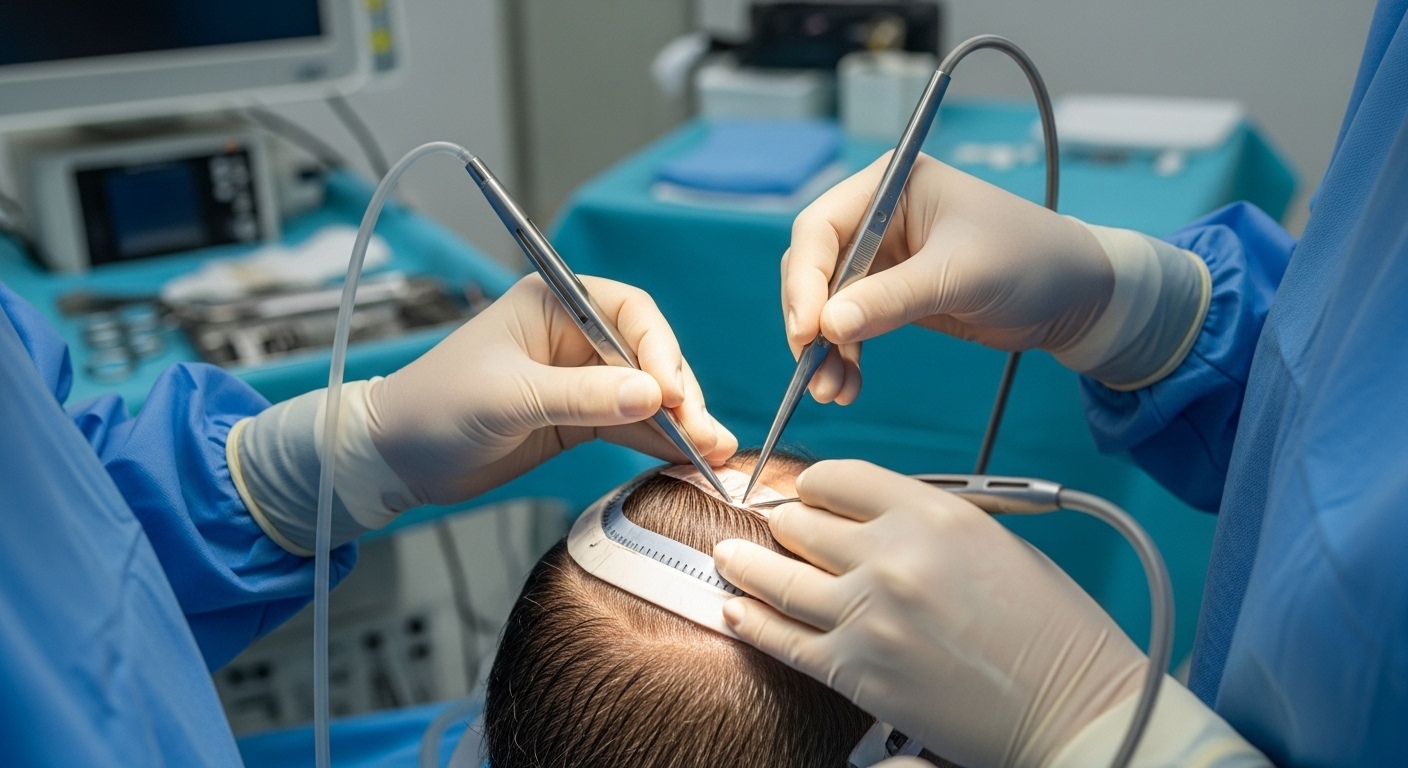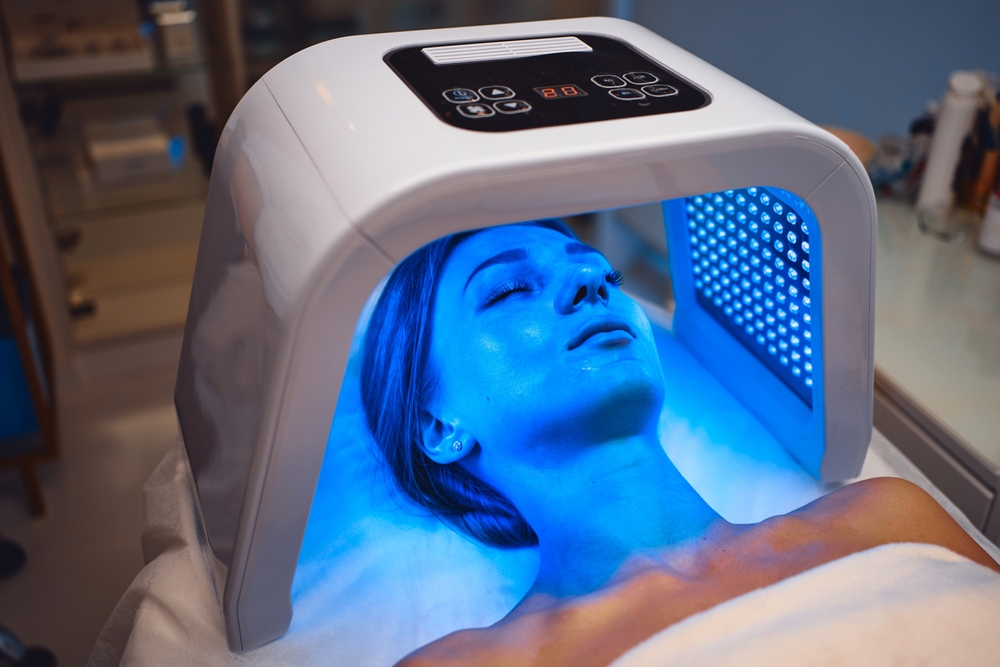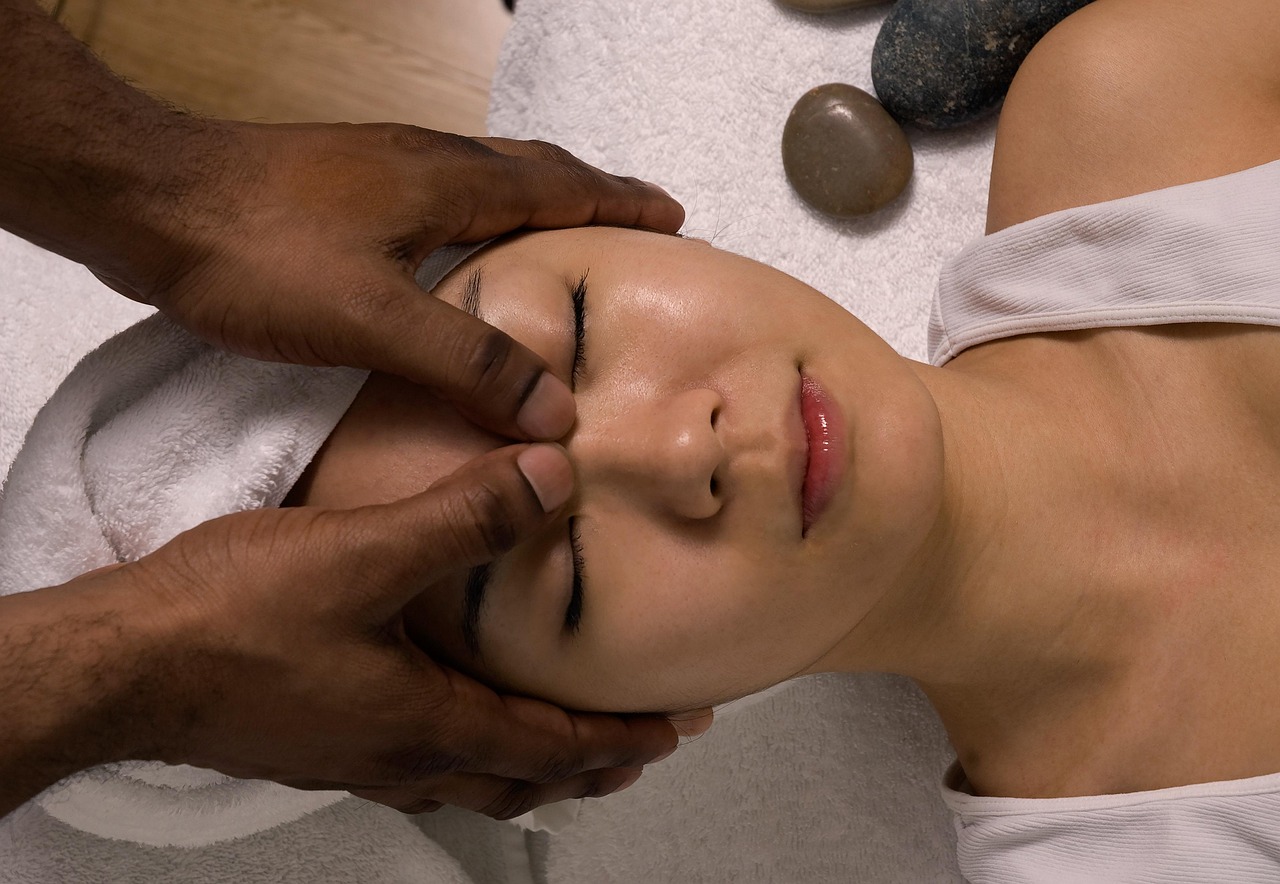Liposuction: Understanding the Procedure, Risks, and Recovery
Liposuction is a popular cosmetic surgical procedure designed to remove excess fat deposits from specific areas of the body. This technique can help contour and reshape various body parts, including the abdomen, thighs, buttocks, arms, and neck. While liposuction can be an effective way to improve body shape, it's essential to understand the procedure, its potential risks, and what to expect during recovery.

There are several types of liposuction techniques, including:
-
Tumescent liposuction: This is the most common technique, where a solution of saline, local anesthetic, and epinephrine is injected into the treatment area before fat removal.
-
Ultrasound-assisted liposuction (UAL): This method uses ultrasonic energy to liquefy fat cells before removal.
-
Laser-assisted liposuction: This technique uses laser energy to break down fat cells before they are suctioned out.
-
Power-assisted liposuction (PAL): This method uses a motorized cannula to enhance the fat removal process.
Who is a good candidate for liposuction surgery?
Ideal candidates for liposuction are individuals who:
-
Are within 30% of their ideal body weight
-
Have firm, elastic skin and good muscle tone
-
Are in good overall health
-
Have localized pockets of fat that don’t respond to diet and exercise
-
Have realistic expectations about the results
It’s important to note that liposuction is not a weight-loss solution or a treatment for obesity. The procedure is most effective for individuals who have specific areas of stubborn fat that they want to address.
What are the potential risks and complications of liposuction?
Like any surgical procedure, liposuction carries some risks and potential complications. These may include:
-
Infection
-
Bleeding or hematoma formation
-
Contour irregularities or asymmetry
-
Fluid accumulation (seroma)
-
Numbness or changes in skin sensation
-
Skin discoloration or pigmentation changes
-
Poor wound healing
-
Blood clots
-
Adverse reaction to anesthesia
-
Persistent swelling or pain
To minimize these risks, it’s crucial to choose a board-certified plastic surgeon with extensive experience in liposuction procedures. Additionally, following all pre- and post-operative instructions provided by your doctor is essential for a successful outcome.
How should patients prepare for liposuction?
Preparing for liposuction involves several steps:
-
Medical evaluation: Your surgeon will assess your overall health and determine if you’re a good candidate for the procedure.
-
Lab tests: Blood work and other diagnostic tests may be required to ensure you’re healthy enough for surgery.
-
Medication review: Inform your surgeon about all medications, supplements, and herbal products you’re taking, as some may need to be adjusted or discontinued before surgery.
-
Smoking cessation: If you smoke, you’ll be asked to quit at least two weeks before and after the procedure to promote better healing.
-
Weight management: Maintain a stable weight before the procedure, as significant weight fluctuations can affect results.
-
Arrange for help: Plan for someone to drive you home after the surgery and assist you during the initial recovery period.
What is the recovery process like after liposuction?
The recovery process after liposuction varies depending on the extent of the procedure and the individual patient. Here’s a general timeline of what to expect:
-
Immediate post-op: You’ll wear compression garments to reduce swelling and support the treated areas.
-
First few days: Expect some pain, swelling, and bruising. Your doctor will prescribe pain medication and antibiotics as needed.
-
1-2 weeks: Most patients can return to work and light activities. Continue wearing compression garments as directed.
-
3-4 weeks: Swelling and bruising continue to subside. You may be cleared for more strenuous activities.
-
1-3 months: Results become more apparent as swelling decreases. Continue to follow your surgeon’s instructions for optimal healing.
-
6 months to 1 year: Final results are typically visible, with full skin retraction and settling of the treated areas.
| Provider | Typical Cost Range | Key Features |
|---|---|---|
| Hospital-based surgeons | $3,000 - $8,000 | Full medical facilities, overnight stay option |
| Outpatient surgery centers | $2,500 - $6,000 | Specialized in cosmetic procedures, same-day discharge |
| Private plastic surgery clinics | $2,000 - $10,000+ | Personalized care, luxury amenities |
Prices, rates, or cost estimates mentioned in this article are based on the latest available information but may change over time. Independent research is advised before making financial decisions.
The cost of liposuction can vary widely depending on factors such as the areas treated, the amount of fat removed, the surgeon’s experience, and the geographic location. It’s important to note that liposuction is typically considered a cosmetic procedure and is not covered by health insurance. Always consult with board-certified plastic surgeons and obtain detailed quotes before making a decision.
In conclusion, liposuction can be an effective way to contour the body and remove stubborn fat deposits. However, it’s crucial to understand that it is a surgical procedure with potential risks and a significant recovery period. Patients should have realistic expectations, choose a qualified surgeon, and follow all pre- and post-operative instructions for the best possible outcome.
This article is for informational purposes only and should not be considered medical advice. Please consult a qualified healthcare professional for personalized guidance and treatment.




